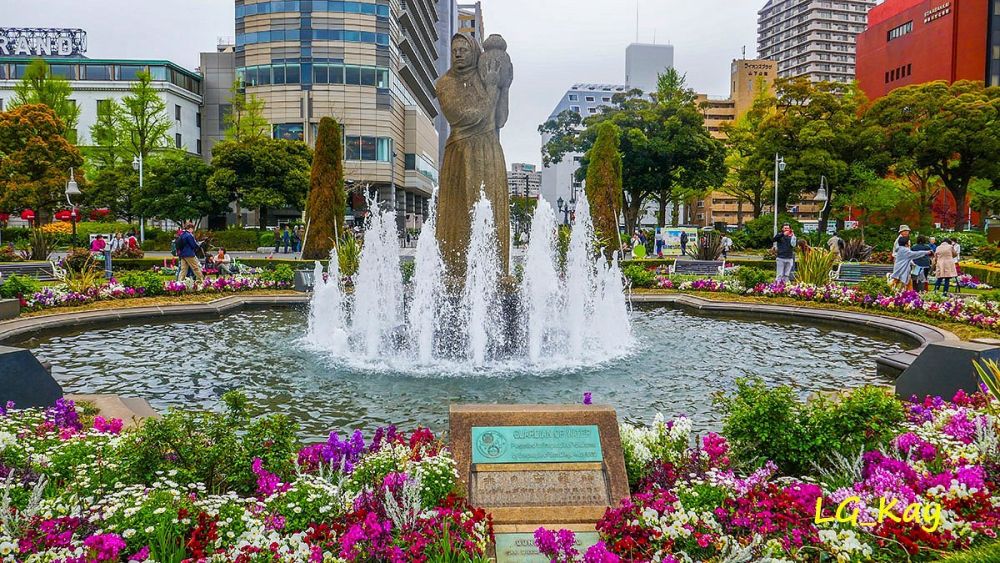

Opened in 1930, Yamashita Park is a testament to Yokohama's resilience and dedication to beauty and public space. Its creation is closely tied to the Great Kanto Earthquake of 1923, which devastated much of Yokohama and Tokyo. In the wake of the disaster, the city of Yokohama undertook a major land reclamation project, using rubble from the earthquake to create new ground. It was on this land that Yamashita Park was established, turning a space of disaster into an area of leisure and scenic beauty along the city's waterfront.
The history of tourism at Yamashita Park has grown alongside Yokohama's development as a major port and international city. During the reconstruction period after the earthquake, the park stood as a symbol of hope and resurgence, quickly becoming a popular spot for both locals and tourists. The presence of foreign traders and residents in Yokohama contributed to its cosmopolitan appeal, with the park embodying a blend of Japanese and Western influences in its design and landscape architecture.
Over the years, Yamashita Park has been a focal point for several historical events, including visits from foreign dignitaries and celebrations of maritime achievements. Its prominence in Yokohama's urban landscape has made it an essential stop for visitors wanting to experience the city's history and seaside charm.
In recent years, tourism trends in Yokohama have reflected a broader shift towards experiential travel and sustainability. For Yamashita Park, this has meant an increased interest in its green spaces, outdoor art installations, and the Hikawa Maru, a historic ocean liner permanently berished at the park, serving as a museum ship. Tourists often combine their visit to the park with cultural activities, such as attending festivals, exploring the nearby Yokohama Chinatown, and enjoying the open-air cafes and street performances that dot the area.
Additionally, the park plays an essential part in larger citywide events, such as the Yokohama Port Festival and the annual Yokohama Fireworks, which attract visitors from across Japan and the globe. With its romantic promenade, the park offers one of the best views of Yokohama's skyline and the port's continuously bustling activity.
Looking forward, it is likely that Yokohama will continue to see growth in its tourism sector, with Yamashita Park remaining at the center of this development. Efforts to integrate technological advancements, such as augmented reality tours that provide interactive historical insights, and a push for ecological sustainability, are set to enhance the visitor experience while preserving the park's natural beauty and historical significance.
From its inception as a healing space for a city in recovery to its current status as a bastion of cultural amalgamation and natural tranquility, Yamashita Park remains a cornerstone of Yokohama's tourist attractions. Its rich history and continual evolution stand as a legacy to the city's past and the enduring allure of its waterfront vistas, reflecting the wider narrative of Yokohama as a city constantly reinventing itself in the face of change.